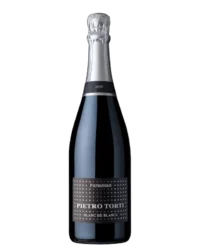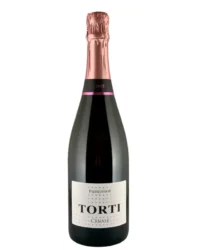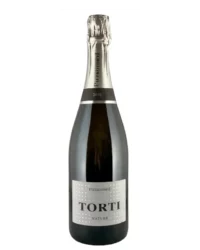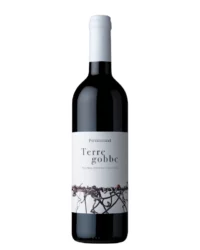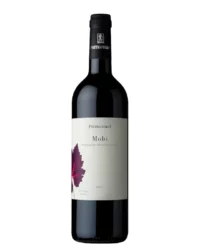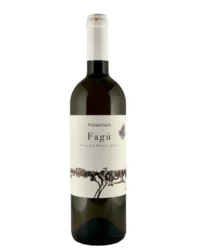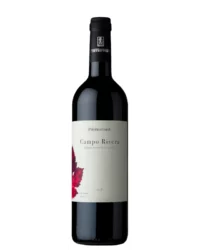Pietro Torti Winery
The Torti family has been cultivating for generations their own vineyards on the hills of Montecalvo Versiggia, a small town in the Oltrepò Pavese with hills that have for centuries been the ideal terrain for the cultivation of vines, the third area of production of certified wines in Italy (after the Chianti and Asti) and the first area of production of Pinot Noir (about 75% of the entire national production).
The company’s vineyards (10 hectares with organic certification) are partly new plantings with dense spacing (4500 vines/ha) and partly old vineyards of around 40 years of age, with a density of around 3000 vines/ha. The soil tends to be clayey-loamy, compact, poor in organic matter and rich in potassium. The company has always implemented the grassing of the inter-rows. Fertilizations are reduced to a minimum and the Guyot pruning is short, with a maximum of 10 or 12 buds per vine. The richness of the land, the favorable exposure and the very regular climatic trend, are the ideal conditions for the synthesis of particularly intense aromas in white wines and for the production of important reds and for aging.
The wines are produced with agronomic and oenological techniques that do not mortify the imprint of the vine and the territory. The grassing of the land, the fertilization with organic matter, the use of copper and sulfur for fungicide treatments, the limited use of selected yeasts and sulphites in the cellar are just some of the attentions put in place in the production of wines.
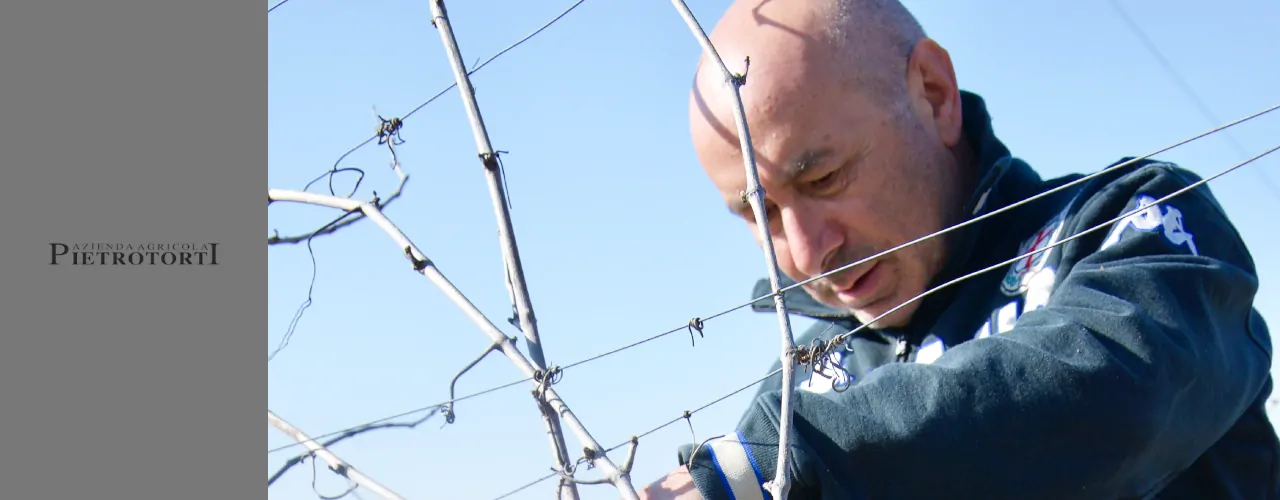
The Torti family has been cultivating for generations their own vineyards on the hills of Montecalvo Versiggia, a small town in the Oltrepò Pavese with hills that have for centuries been the ideal terrain for the cultivation of vines, the third area of production of certified wines in Italy (after the Chianti and Asti) and the first area of production of Pinot Noir (about 75% of the entire national production).
The company’s vineyards (10 hectares with organic certification) are partly new plantings with dense spacing (4500 vines/ha) and partly old vineyards of around 40 years of age, with a density of around 3000 vines/ha. The soil tends to be clayey-loamy, compact, poor in organic matter and rich in potassium. The company has always implemented the grassing of the inter-rows. Fertilizations are reduced to a minimum and the Guyot pruning is short, with a maximum of 10 or 12 buds per vine. The richness of the land, the favorable exposure and the very regular climatic trend, are the ideal conditions for the synthesis of particularly intense aromas in white wines and for the production of important reds and for aging.
The wines are produced with agronomic and oenological techniques that do not mortify the imprint of the vine and the territory. The grassing of the land, the fertilization with organic matter, the use of copper and sulfur for fungicide treatments, the limited use of selected yeasts and sulphites in the cellar are just some of the attentions put in place in the production of wines.

